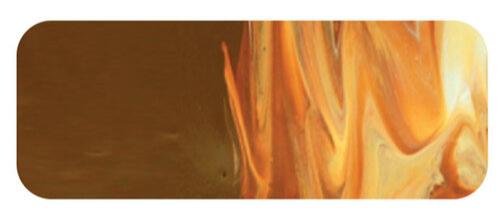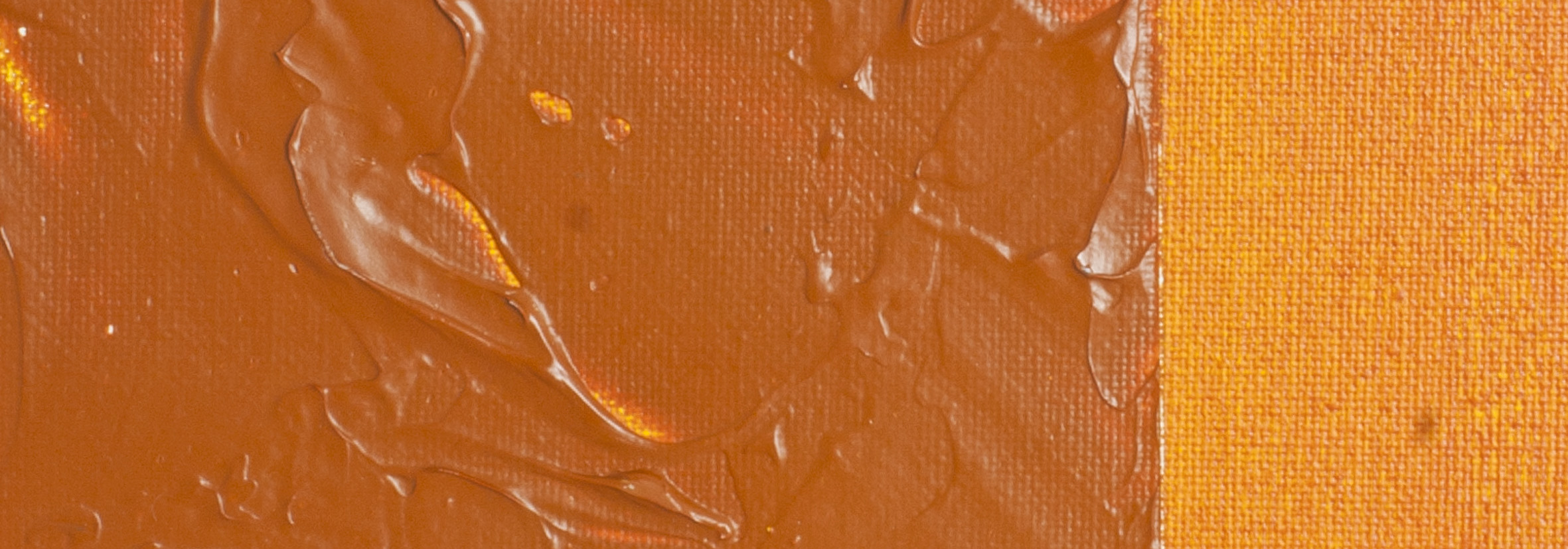Transparent Yellow Oxide | Matisse Acrylic Paint
Chemical Description: Trans synthetic iron oxide
Pigment Number: PY42
Lightfastness Rating: ASTM I
Pigment Opacity: Transparent
Paint Opacity: Transparent
Series 3

Transparent Yellow Oxide | Matisse Acrylic Paint
Ancient Origins and Evolutions
Yellow Oxide, a colour that never fails to elicit a "wow," traces its roots back tens of thousands of years. Initially, it was a simple natural clay extracted from the earth, with minimal processing beyond the removal of debris. Millennia passed, and during the construction of Egyptian pyramids, the demand for consistently vibrant oxides led to industrial-scale extraction, filtering, grinding, and transportation. Despite these advancements, the pigment's essence remained largely unchanged.
Revolution in the 20th Century
As the 19th century drew to a close, the burgeoning plastics and house paint industries required higher-quality oxides. Simultaneously, traditional natural sources were depleting. The solution came in 1921 with the invention of the synthetic iron oxide process, aptly named Mars colours. These synthetics proved vital for several reasons, primarily due to the purity of colour. Natural ochres, being clays, often contained contaminants, resulting in a slightly browner hue compared to the synthetic Yellow Oxide. This synthetic variant, rich in iron oxide, became essential for applications demanding UV resistance, such as the growing house paint industry and electronics.
Shift from Natural Ochres
The need for purity led to the almost complete displacement of natural ochres by synthetic pigments in both industrial and artistic realms. The visual arts, in particular, embraced the synthetic oxide for its unparalleled colour purity. In the late 20th century, the automotive industry's quest for new and exciting colours prompted the introduction of transparent versions of iron oxides, a development that inadvertently benefited artists. Transparent Yellow Oxide, born from this era, became a sought-after addition to artists' palettes.
Practical Nuances of Transparent Yellow Oxide
Transparent Yellow Oxide, used akin to its opaque counterpart on the palette, introduces a unique transparency. In oil paint-like techniques, where opacity is preferred for skin tones, the traditional Yellow Oxide may be the first choice. However, in watercolour-like techniques, Transparent Yellow Oxide shines. The transparency allows for glowing undertones, offering both creative effectiveness and visual beauty.
Versatility Unveiled through Mixing
The magic of Transparent Yellow Oxide unfolds in various colour explorations. When mixed with Phthalo Blue or Phthalo Green, it creates darkish greens with a luminous glow. Pairing it with Aureolin Yellow produces a leathery Raw Sienna-like mass tone with a delightful light gold undertone. The warm glow of a furnace or lava flowing from a volcano emerges when mixed with transparent reds, suitable for sunsets or fleshy pink ochres in skin tones. The versatility of Transparent Yellow Oxide further unfolds with blends like Permanent Light Violet, yielding soft weathered wood colours, or with Aqua Green Light for beautiful eucalyptus leaf shades.
In the palette of possibilities, Transparent Yellow Oxide proves to be an artist's delightful companion, offering a million avenues for beautiful colour exploration.
Safety Data Sheet for Matisse Transparent Yellow Oxide (SDS)
To view or download a copy of Transparent Yellow Oxide, please CLICK HERE * (271kb)
*The above link will open an external Dropbox window

To install this Web App in your iPhone/iPad press ![]() and then Add to Home Screen.
and then Add to Home Screen.

